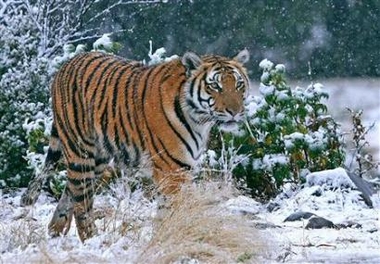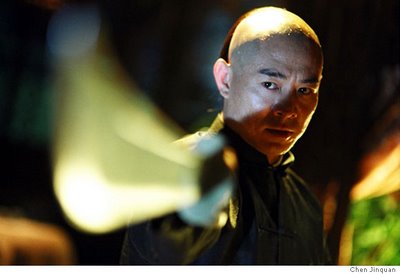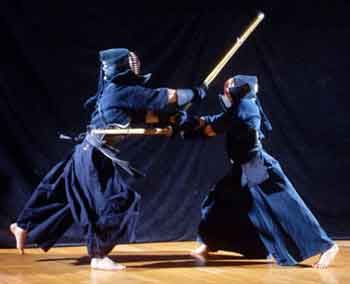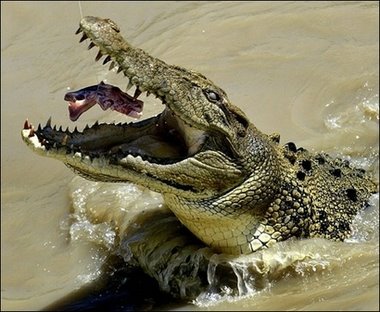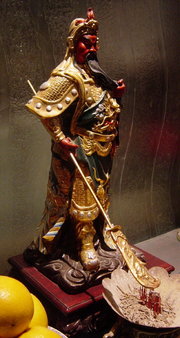
Below is an excerpt from an article in the NY Times regarding puppy mils in Japan. If you click on the title of this post, you'll be directed to the full article. There is a slide show that goes along with the story.
TOKYO, Dec. 27 — Care for a Chihuahua with a blue hue?
Or how about a teacup poodle so tiny it will fit into a purse — the canine equivalent of a bonsai?
The Japanese sure do.
Rare dogs are highly prized here, and can set buyers back more than $10,000. But the real problem is what often arrives in the same litter: genetically defective sister and brother puppies born with missing paws or faces lacking eyes and a nose.
There have been dogs with brain disorders so severe that they spent all day running in circles, and others with bones so frail they dissolved in their bodies. Many carry hidden diseases that crop up years later, veterinarians and breeders say.
Kiyomi Miyauchi was heartbroken to discover this after one of two Boston terriers she bought years ago suddenly collapsed last year into spasms on the living room floor and died. In March, one of its puppies died the same way; another went blind.
Ms. Miyauchi stumbled across a widespread problem here that is only starting to get attention. Rampant inbreeding has given Japanese dogs some of the highest rates of genetic defects in the world, sometimes four times higher than in the United States and Europe.
These illnesses are the tragic consequences of the national penchant in Japan for turning things cute and cuddly into social status symbols. But they also reflect the fondness for piling onto fads in Japan, a nation that always seems caught in the grip of some trend or other.
“Japanese are maniacs for booms,” said Toshiaki Kageyama, a professor of veterinary medicine specializing in genetic defects at Azabu University in Sagamihara. “But people forget here that dogs aren’t just status symbols. They are living things.”
Dogs are just one current rage. Less consequential is the big boom in the color pink: pink digital cameras, pink portable game consoles and, yes, pink laptop computers have become must-haves for young women. Last year, it was “bug king,” a computer game with battling beetles.
A number of the booms in Japan, including Tamagotchi — basically a virtual pet that grew on a computer screen — and the fanciful cartoon characters of Pokémon, have made their way across the Pacific and swept up American children, too.
The affection for fads in Japan reflects its group-oriented culture, a product of the conformity taught in its grueling education system. But booms also take off because they are fueled by big business. Companies like Sony and Nintendo are constantly looking to create the next adorable hit, churning out cute new characters and devices. Booms help sustain an entire industrial complex, from software makers to marketers and distributors, that thrives off the pack mentality of consumers in Japan.
The same thing is happening in Japan’s fast-growing pet industry, estimated at more than $10 billion a year. Chihuahuas are the current hot breed, after one starred in the television ads of a finance company. In the early 1990s, a TV drama featuring a Siberian husky helped send annual sales rocketing from just a few hundred dogs to 60,000; sales fell when the fad cooled, according to the Japan Kennel Club. The breed took off despite being inappropriately large for cramped homes in Japan.
The United States also experiences surges in sales of certain breeds, and some states have confronted “puppy mills” that churn out popular breeds by enacting “puppy lemon laws” that prevent breeders from selling diseased animals.
But in Japan, the sales spikes are far more extreme, statistics show. The kennel club says unethical breeders try to cash in on the booms, churning out large volumes of puppies from a small number of parents. While many breeders have stuck to healthy mating practices, the lure of profits has attracted less scrupulous breeders and led to proliferation of puppy mills.
Some veterinarians and other experts cite another, less obvious factor behind widespread risky inbreeding in Japan’s dog industry — the nation’s declining birthrate.
As the number of childless women and couples in Japan has increased, so has the number of dogs, which are being coddled and doted upon in place of children, experts say. In the last decade, the number of pet dogs in Japan has doubled to 13 million last year — outnumbering children under 12 — according to Takashi Harada, president of Yaseisha, a publisher of pet industry magazines.
“Households with few or no children are turning to dogs to fill the void,” he said. “For a dog to be part of the family, it has to be unique and have character, like a person.”









